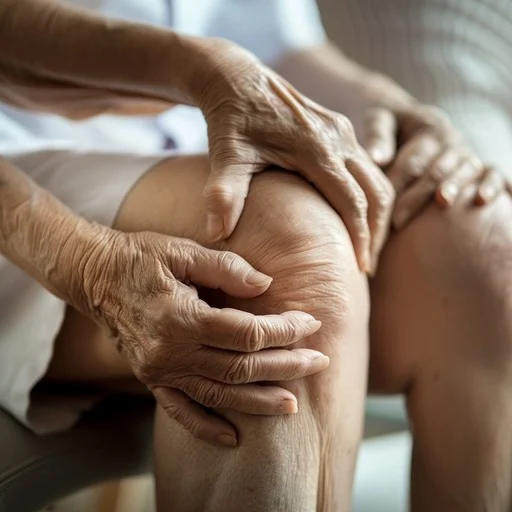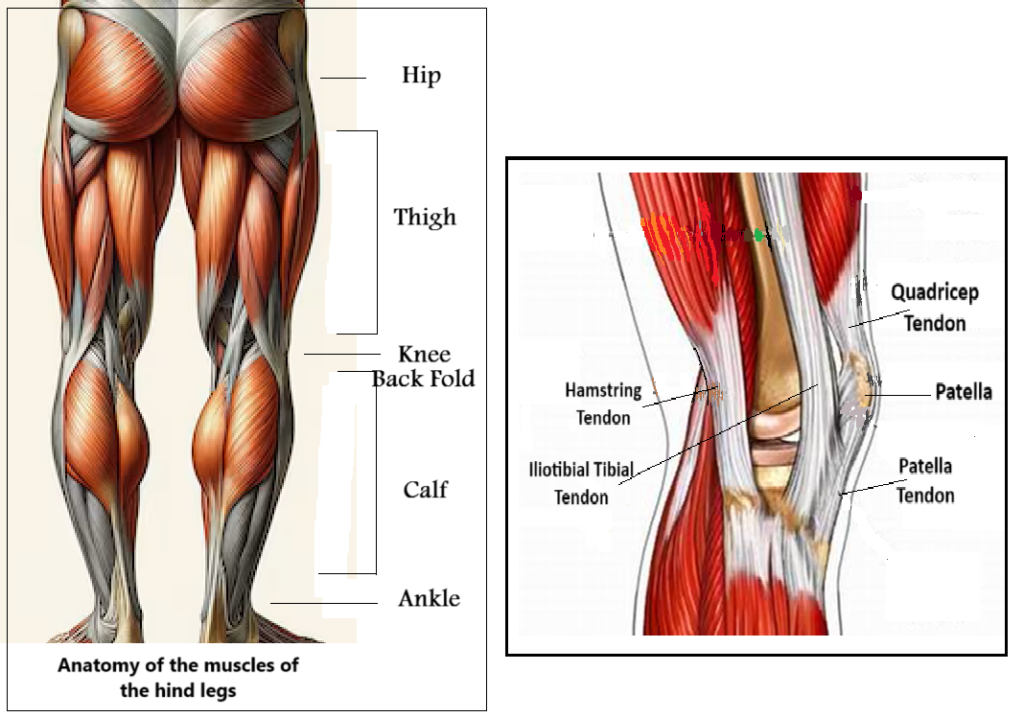Knee pain is a common complaint among middle-aged individuals, and understanding its causes and treatment options is key to managing and potentially resolving the problem. This article delves into the primary causes of knee pain, the differences between modern medical approaches and Eastern healing traditions, and why a holistic view may offer a more lasting solution.

What Causes Knee Pain in Middle Age?
The majority of middle-aged individuals experiencing knee pain have a history of prior knee injuries. Studies indicate that around 60% of these injuries are sports-related, while the remaining cases stem from various causes such as traffic accidents, falls, or other physical trauma.
Interestingly, women in this age group are more prone to knee pain, particularly those dealing with excess weight. The additional body weight places an extra burden on the knees and their supporting muscles, accelerating the wear and tear on these critical joints.
Modern Medicine’s Approach to Knee Pain
Modern medicine typically takes a direct approach to addressing knee pain. The focus is on alleviating the immediate discomfort, often through:
- Injections: Chemical injections, such as corticosteroids or hyaluronic acid, are used to reduce inflammation and provide temporary relief.
- Surgery: Corrective surgeries, such as knee replacements or arthroscopy, aim to address structural issues.
While these methods may provide short-term pain relief, they often do not address the root causes of the issue. Moreover, many patients report dissatisfaction with surgical outcomes, with some experiencing complications or only temporary improvement.

Eastern Medicine’s Holistic Perspective
In contrast, Eastern medicine views knee pain as a symptom of deeper imbalances in the body. This approach emphasizes addressing the root cause of the problem rather than focusing solely on symptom relief. Here’s how Eastern healing traditions approach knee pain:
- Recognizing Excess Weight as a Key Factor:
- Eastern practitioners identify excess body weight as a dominant factor contributing to knee pain. The added weight increases the load on the knees and their supporting muscles, leading to strain and stiffness.
- Understanding the Role of Muscle Dysfunction:
- According to Eastern medicine, knee pain often results from tension and stiffness in the muscles extending from the feet, lower legs, thighs, and hips. As these muscles weaken or tighten with age, they fail to support the knee joint effectively, leading to pain and reduced mobility.
- Treatment Through Massage Therapy:
- Eastern medicine emphasizes the importance of restoring muscle function.
- Specific massage techniques target muscles from the soles of the feet to the hips, relieving tension and improving flexibility. This reduces strain on the knees and enhances their function.
- Strengthening Muscles with Herbal Nutrition:
- After massage therapy, patients are provided with herbal remedies to nourish and strengthen the muscles. These herbs enhance the muscles’ ability to support the joints, promoting long-term recovery and reducing the likelihood of recurrence.
Why Choose a Holistic Approach?
Unlike modern medicine, which often treats knee pain as an isolated issue, Eastern medicine sees it as part of a broader imbalance in the body. By addressing contributing factors such as weight, muscle function, and overall health, this approach aims to deliver more sustainable results.
Combining muscle therapy with proper nutrition not only alleviates pain but also restores the body’s natural ability to heal and maintain itself. For many patients, this holistic approach proves to be a gentler yet more effective path to recovery.
Conclusion
Middle-aged knee pain is a multifaceted problem often rooted in past injuries, weight issues, and muscle dysfunction. While modern medical treatments provide quick relief, they may fall short in delivering lasting solutions. Eastern medicine offers a holistic perspective, addressing the root causes through massage therapy, lifestyle adjustments, and herbal remedies. By understanding the strengths of each approach, individuals can make informed choices and find a treatment plan that works best for their unique needs. For those seeking lasting relief and improved quality of life, the wisdom of Eastern traditions remains a valuable and time-tested option

Leave a Reply